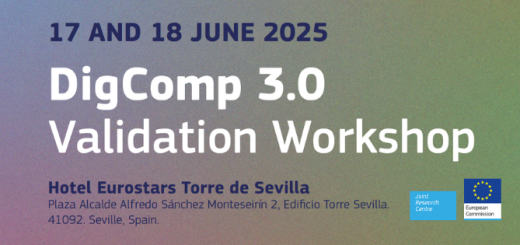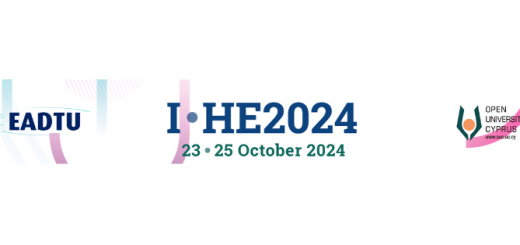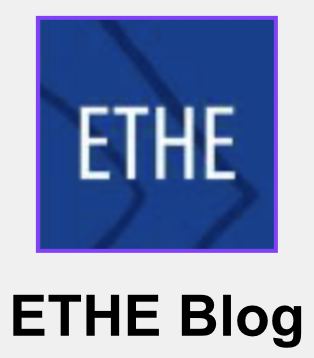New Article on ETHE Journal! “HELA-CMM: Capability Maturity Model for Adoption of Learning Analytics in Higher Education” with Nati Cabrera and Lourdes Guàrdia

A new research article has been published on the International Journal of Educational Technology and Higher Education titled “HELA-CMM: Capability Maturity Model for Adoption of Learning Analytics in Higher Education”. The purpose of this paper is to propose the Higher Education Learning Analytics Capability Maturity Model (HELA-CMM), a capability maturity model for adoption of learning analytics in higher education institutions. Two members of the Research Group Edul@b, Nati Cabrera and Lourdes Guàrdia, form part of the authorship of this research.
The article was written by Diana Šimić, Nina Begičević Ređep, Sabina Rako, Nikola Kadoić (University of Zagreb Faculty of Organization and Informatics, Croatia), Wim Van Petegem (KU Leuven, Belgium), Bart Rienties (The Open University, UK), Nati Cabrera (Universitat Oberta de Catalunya), Michael Eichhorn (Goethe University Frankfurt, Germany) Lourdes Guàrdia (Universitat Oberta de Catalunya), Sandra Kučina Softić (University of Zagreb Computing Centre) and Alexander Tillmann (Goethe University Frankfurt, Germany).
Below you can find the abstract of the new article “HELA-CMM: capability maturity model for adoption of learning analytics in higher education”:
Abstract
In order to progress in a data-driven society, higher education institutions should strive to integrate learning analytics into their strategic and operational activities. The purpose of this paper is to propose the Higher Education Learning Analytics Capability Maturity Model (HELA-CMM), a capability maturity model for adoption of learning analytics in higher education institutions. The development of the HELA-CMM was based on design science research paradigm and a procedural model for maturity models design. After conducting an extended literature review, a combination of nominal group techniques and focus group were used. The subject-matter experts participating in a nominal focus group elaborated on the structure and evaluated relative importance of its categories and capabilities utilizing the pairwise comparison technique. The proposed maturity model comprises 28 capabilities grouped into eight categories: (1) Teaching / Learning / Assessment, (2) Data Management and Analytics, (3) Ethics, Privacy, Legal Issues, (4) People Competences, (5) Management / Leadership, (6) Culture, (7) Infrastructure, and (8) Quality Assurance. The maturity model will be further developed through an iterative process and evaluated at several higher education institutions in Europe. With the HELA-CMM, higher education institutions will have a tool that on the one hand enables benchmarking and assessment, and on the other hand provides guidance for improving the maturity of learning analytics adoption.





